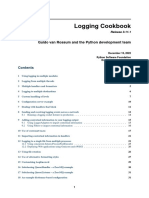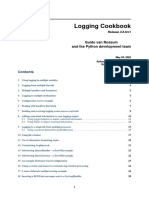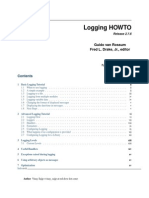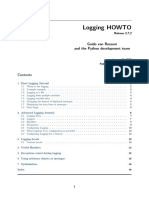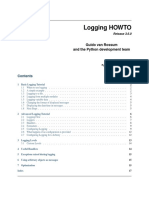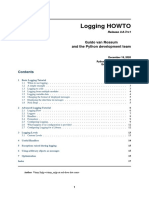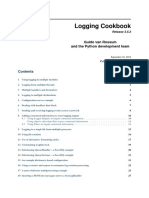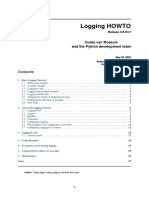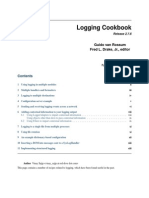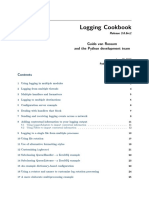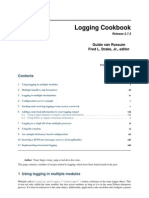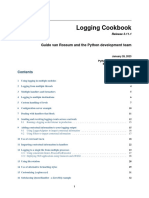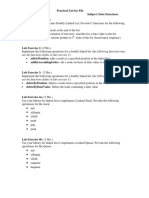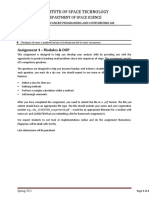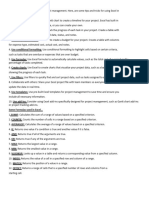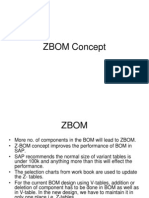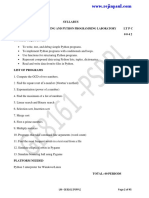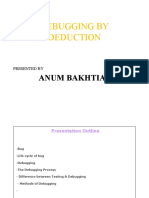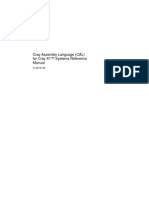0% found this document useful (0 votes)
27 views5 pagesPython Log File Management in Full Detail - 0
The document provides a comprehensive guide on log file management in Python using the logging module, covering basics, file logging, log rotation, and exception logging. It details various logging configurations, including file handlers, formatting options, and security practices. Additionally, it discusses the use of logging in web applications and offers a checklist for effective logging features.
Uploaded by
cotago8453Copyright
© © All Rights Reserved
We take content rights seriously. If you suspect this is your content, claim it here.
Available Formats
Download as PDF, TXT or read online on Scribd
0% found this document useful (0 votes)
27 views5 pagesPython Log File Management in Full Detail - 0
The document provides a comprehensive guide on log file management in Python using the logging module, covering basics, file logging, log rotation, and exception logging. It details various logging configurations, including file handlers, formatting options, and security practices. Additionally, it discusses the use of logging in web applications and offers a checklist for effective logging features.
Uploaded by
cotago8453Copyright
© © All Rights Reserved
We take content rights seriously. If you suspect this is your content, claim it here.
Available Formats
Download as PDF, TXT or read online on Scribd
/ 5




